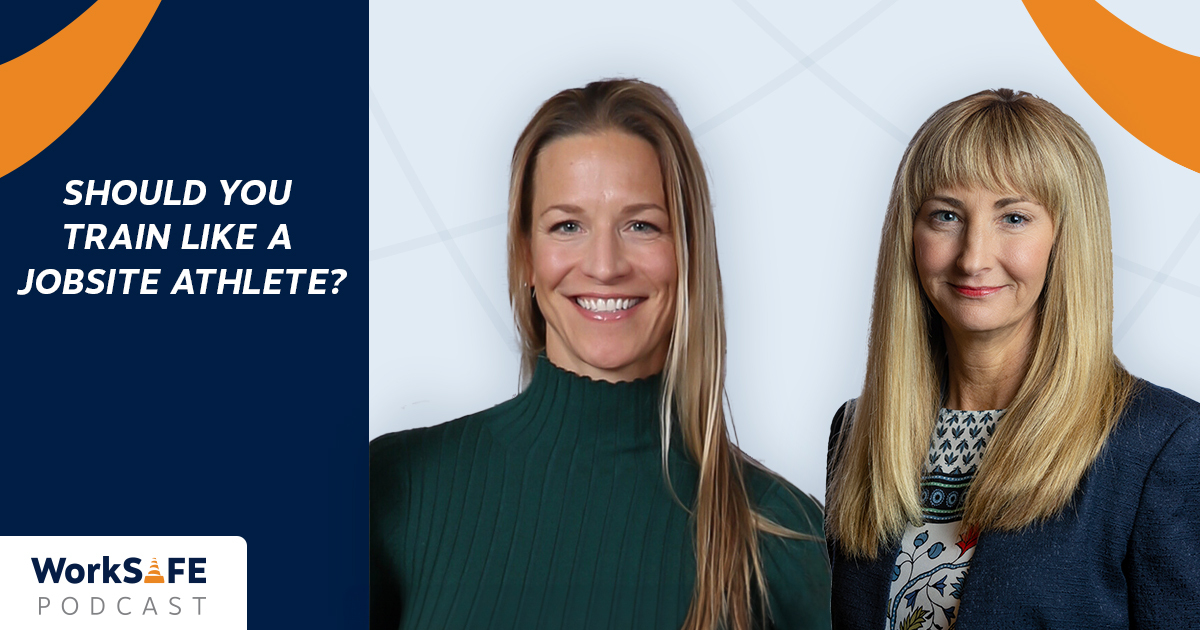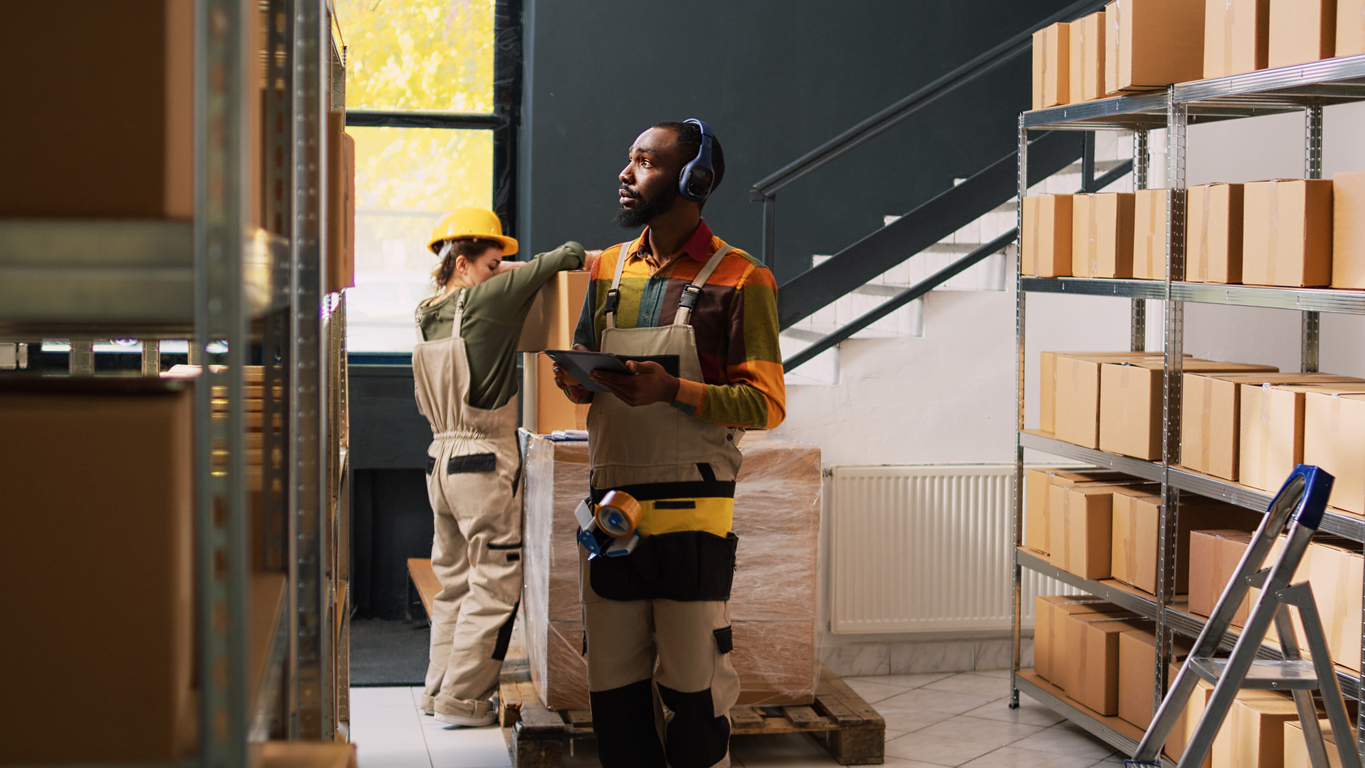Unless they are paid to compete professionally, most employees don’t consider themselves to be athletes. However, from lifting and squatting to turning and bending, many industries require a lot of physical labor. A commitment to physical and mental health is critical to any athlete’s success – and for any employee. Athletes use discipline and regular routines to become top performers. Employees can use these same techniques to become industrial athletes, and reduce their chance of injury on the job.
On this episode of the WorkSAFE Podcast, we sit down with Kelly Feldkamp. She is the founder of ProVention Plus, an on-site injury prevention company changing the way companies take care of their employees. Feldkamp holds a master’s degree in exercise and wellness and is the creator of the Move Better program, which has been used by thousands of employees during the last twenty years. She has a passion for helping reduce the pain and discomfort that many believe is an unfortunate but necessary part of their profession.
First, we’ll explain what an industrial athlete is. Then, we’ll share what separates the average employee from an industrial athlete. Finally, we’ll discuss how employers can introduce movement and conditioning programs into their workplaces.
Listen to this episode on the WorkSAFE Podcast, or read the show notes below.
What is an industrial athlete?
An industrial athlete is an employee who is well-equipped to work in an industry that requires manual labor and movement. Although many employers may not be familiar with the term, they know which roles need physical strength and endurance. The goal of an industrial athlete is to prepare themselves for their work both on and off the job, by participating in physical conditioning and making safety and priority.
“The men and women that are building our world, that are getting things from place to place, that are making our world run, they’re like athletes in many ways,” Feldkamp explained. “They have to move their body. They have to depend on themselves physically to get the job done, to be a part of their team with their organization. Basically, they move to work. They move to put their team forward or win the game, if you will.”
Habits of an industrial athlete
According to Feldkamp, physical conditioning is essential to becoming an industrial athlete. For example, building up strength, working on balance, and ensuring alignment are all part of injury prevention.
The better condition an employee is in, the less likely they are to be injured on the job. An industrial athlete focuses on taking care of themselves so they can do their job more effectively and with less likelihood of injury. In practice, this looks like:
- Warming up before work. Before taking on physical tasks, they take time to stretch and prepare their bodies for movement.
- Understand their role in the organization. Every member of a team is important. Industrial athletes understand how their work contributes to their team’s success.
- Prioritize safety. Whether they are switching between tasks or only working on one thing throughout the day, they keep their responsibilities top of mind and watch out for others.
- Focus on recovery. What happens off the clock affects employees just as much as on-the-job issues. Industrial athletes watch their stress levels, how much sleep they get, and how many stimulating substances they take in, like coffee or alcohol.
Group conditioning builds a stronger team
Feldkamp finds that the desire to make good, safe, and healthy decisions is stronger when employees are part of a team. This includes taking part in physical warm-ups as a group. She suggests that there are two ideal times to add conditioning to a workplace routine: before work and after lunch.
“Those are two really great opportunities,” she explains. “What you’re going to be doing during these warmups is, you’re going to generally move and warm the body in all of the ways that you will probably be working shortly after the warmup begins.”
For instance, if employees will be lifting overhead, then stretches should focus on the neck, shoulders, and back. If they will be squatting and lifting, then they should focus on the hips, back, and knees. Often, organizations will have employees interested in health and fitness. They are often the ideal candidates to lead these light workouts. Inviting local professionals is also an interesting way to mix things up.
Great athletes have a training program
Physical conditioning is a great additional to an injury prevention program. Not only does it help prepare employees for the tasks ahead, but it also works to prevent injuries. Employees also positive effects off the job; they no longer return home with aching backs and feet, unable to enjoy their time off because of pain they took home from work.
Warming up before work isn’t complicated. But not every employee knows what to do to help their body feel and move better. Implementing a conditioning program allows everyone to benefit and come to understand what works for them.
An important element to remember is that movement both feels good and is good for the body. Feldkamp points out that it’s second nature for babies and animals; they do it because it’s natural and a lot of fun. “We’ve all heard this: if you don’t use it, you lose it,” she shared. “I think we’ve all heard it, and I don’t know if we really reflect on that enough to understand it’s absolutely true, and specifically true for the body.” For those who aren’t active enough, movement may become more difficult down the line, or worse – lead to injury.


